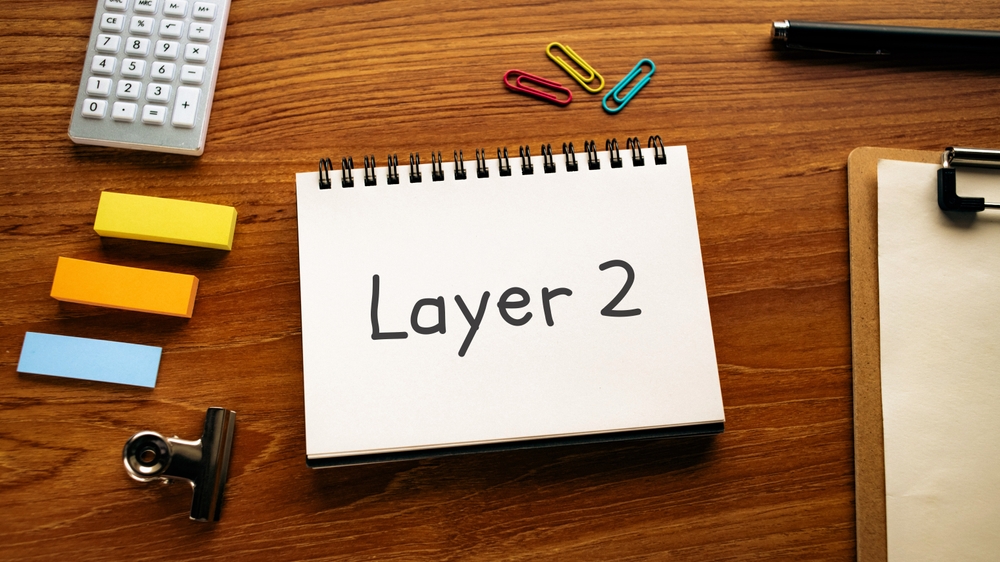Understanding the blockchain network’s technology is critical for understanding how information and digital assets navigate the distributed ledger landscape. Blockchain layers are foundational aspects that classify scalability and functionalities solutions within the network.
Layer 1 blockchains are fundamental protocols of decentralized networks. Examples include famous platforms such as Ethereum and Bitcoin, tasked with the network’s consensus mechanisms and security.
Layer 2 solutions are in different forms, such as side chains, state channels, and rollups. Each provides different mechanisms to mitigate congestion on the primary blockchain.
With blockchain technology’s evolution, the relationship between Layer 1 and Layer 2 becomes more important, particularly when considering user experience and the ability of a network to address rising demand.
Layer 1 Blockchains
Layer 1 blockchains are the original networks upon which digital apps and currencies are developed. The primary blockchains, for instance, Ethereum and Bitcoin, are developed to ensure the ledger’s security and allow consensus among participants.
The consensus mechanism refers to the network’s process of agreeing on the blockchain’s state, ensuring the transaction data’s immutability and integrity. For instance, Bitcoin uses a proof-of-work mechanism that requires a computational network to authenticate transactions and develop new blocks.
In spite of their key role in blockchain, Layer 1 networks have issues, especially concerning scalability. The growth of transaction volume and user base has caused bottlenecks, resulting in higher and slower transaction fees.
Some Layer 1 scaling strategies entail adding block sizes to handle additional transactions, revising consensus mechanisms for improved efficacy, and sharding for parallel process transactions. The innovations are critical for the consistent growth and adoption of blockchain technology since they directly solve the trade-offs between security, decentralization, and scalability.
Layer 2 Blockchain
These blockchains are crucial in addressing Layer 1 blockchains’ inherent limitations that become progressively pressing as the network’s popularity rises. The secondary layers operate atop the foundational Layer 1 blockchain, such as Ethereum, and provide scaling solutions to ensure quicker and more cost-efficient transactions.
Layer 2 solutions exploit the underlying primary blockchain’s decentralized nature and security, maintaining the integrity and trust critical to blockchain technology. State channels are examples of the diverse array of Layer 2 solutions, and they permit participants to execute transactions with each other outside the primary chain.
Rollups are an innovative approach that amasses several transactions into one to minimize the main network’s load. Sidechains function as autonomous blockchains with their consensus mechanisms but are finally tethered to the main Layer 1 blockchain.
With the evolution of the blockchain sector, the significance of Layer 2 solutions keeps rising. They are vital in allowing the wider adoption of blockchain technology by reducing costs and enhancing speeds.
Understanding Layer 2 blockchains and their role in the ecosystem can enable stakeholders to navigate the intricate landscape of blockchain technology. It can also enable them to leverage the opportunities presented for growth and innovation in different sectors.
Bridging from Layer 1 to Layer 2
Bridging between Layer and Layer 2 blockchain is critical in facilitating the data and assets transfer across various levels of blockchain architecture. This improves the ecosystem’s overall efficacy and functionality. The bridges are critical for attaining interoperability, which allows different blockchain networks to interact and share information.
Connecting Layer 1 blockchains to Layer 2 solutions guarantees a smoother user experience and backs the growth of decentralized apps.
Different types of bridges exist, and each has its use cases and mechanisms. Trustless bridges depend on smart contracts to automate the process of asset transfer without intermediaries, providing a decentralized strategy that aligns with the blockchain technology’s ethos.
Trusted bridges rely on a fundamental entity to supervise the transfers, potentially ensuring quicker transactions but bringing centralization to the process. The bridge choice relies on the transaction’s exclusive requirements as well as the extent of trust among users in relation to the intermediary entities involved.
Final Thoughts
Blockchain bridges allow token and cryptocurrency transfer between Layer 1 and Layer 2 and enable data sharing, which is vital for ensuring the integrity and integrity of operations across networks.
